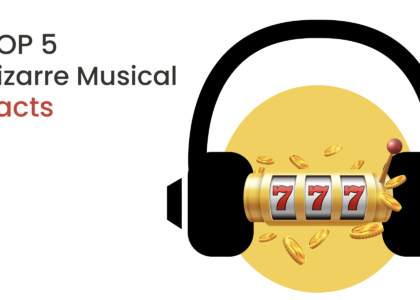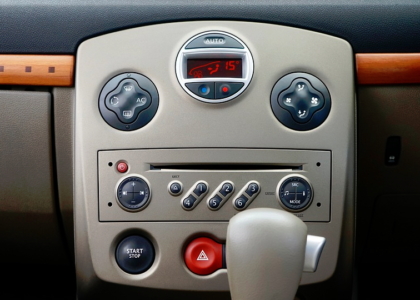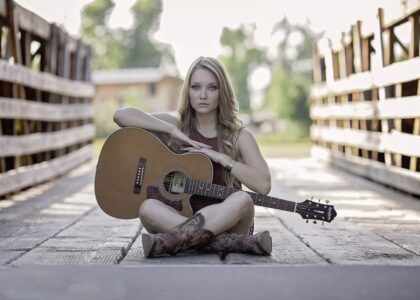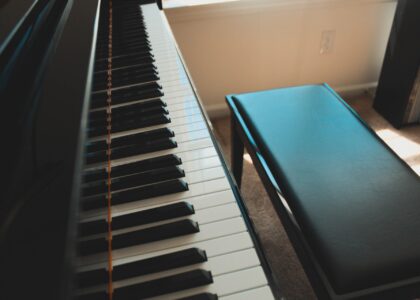The Baroque era in music, which replaced the Renaissance, covers a period that began around 1600 and developed until about 1750.
The term “baroque” translates as “a pearl of irregular, fanciful form.” Also as “opulent, exuberant, excessive.”
In music:
a) complication of the melodic line, transition to homophonic presentation, new tonal ratios – quarto-quinto (previously mostly tertian),
b) new genres: fugue (Bach), oratorios (Handel), operas (Monteverdi), concertos (Vivaldi),
c) a new approach to the instrument’s possibilities. The musical fabric is colored by fanciful curves, this trend is especially evident in vocal music (the voice as if “weaving lace”).
One of those who contributed to the development of this style is King Louis 14, by the name of “The Sun. This style – the desire for luxury and splendor, “everything must be too much.
Rococo – a style that emerged in France in the first half of the 18th century as a further development of the Baroque style. The brightest representatives are composers Rameau and Couperin. In translation, the term means “decorative shell, seashell“. In France the Rococo period is called “the time of Cupid and Venus” – “in everything there should be a refinement, including in love“.
The music of this direction is characterized by: diminutiveness of forms, clarity of harmonic sequences, the primacy of melody over harmony, the hypertrophied role of ornamentation.
The main requirement to the music of Rococo was that it delighted the listener’s palate and did not require too much mental commitment.
Baroque and Rococo music, which replaced the Renaissance and preceded the Classical period, gave us such masterpieces of musical art as Bach’s fugues, Handel’s “Alleluia” from his Messiah oratorio and Vivaldi’s “The Seasons“.
Musical ornamentation became more refined, ways of playing instruments evolved, the scope of genres broadened, complex forms (opera) appeared, etc.
A large number of Baroque-era musical terms and concepts remain relevant and viable to this day.





